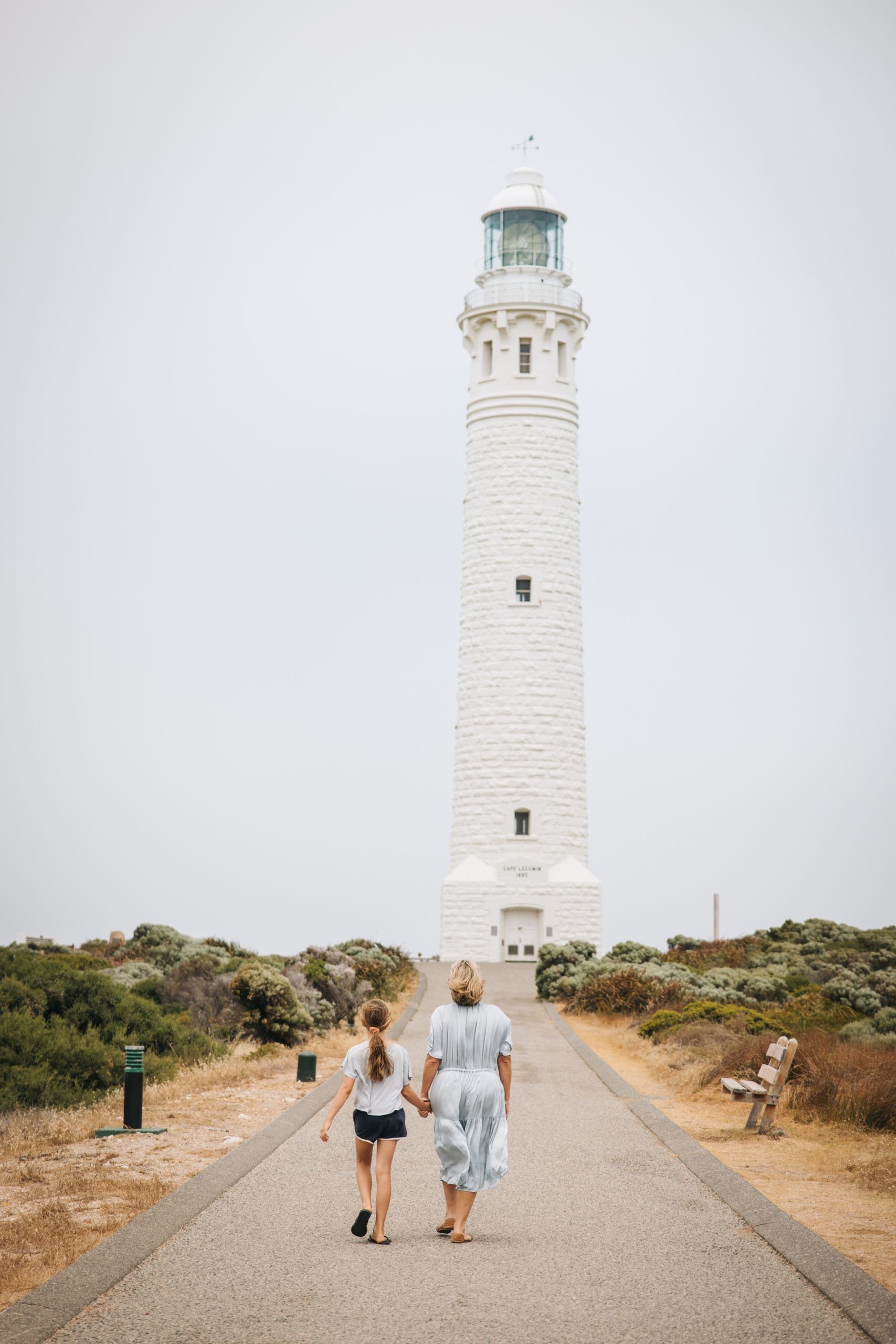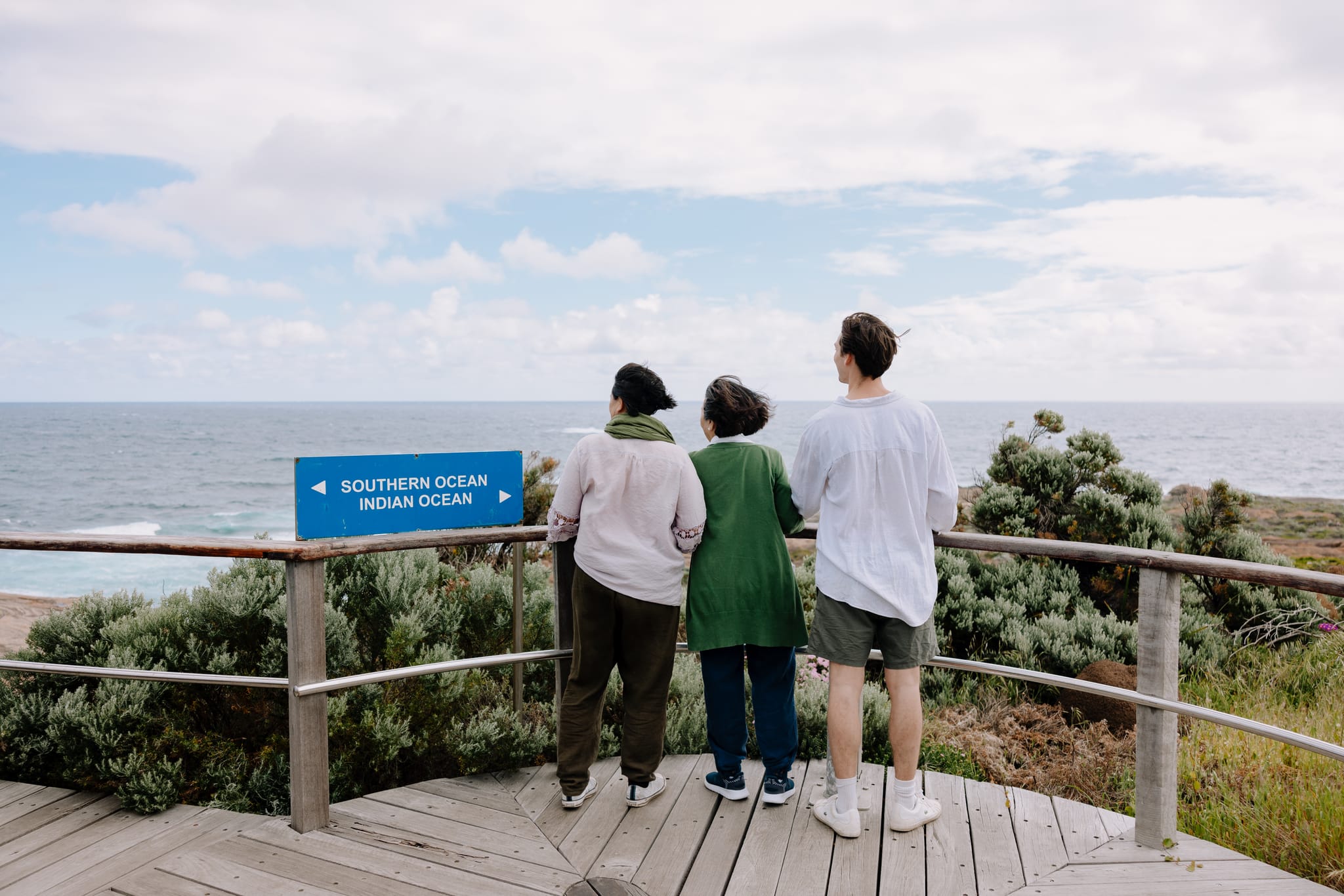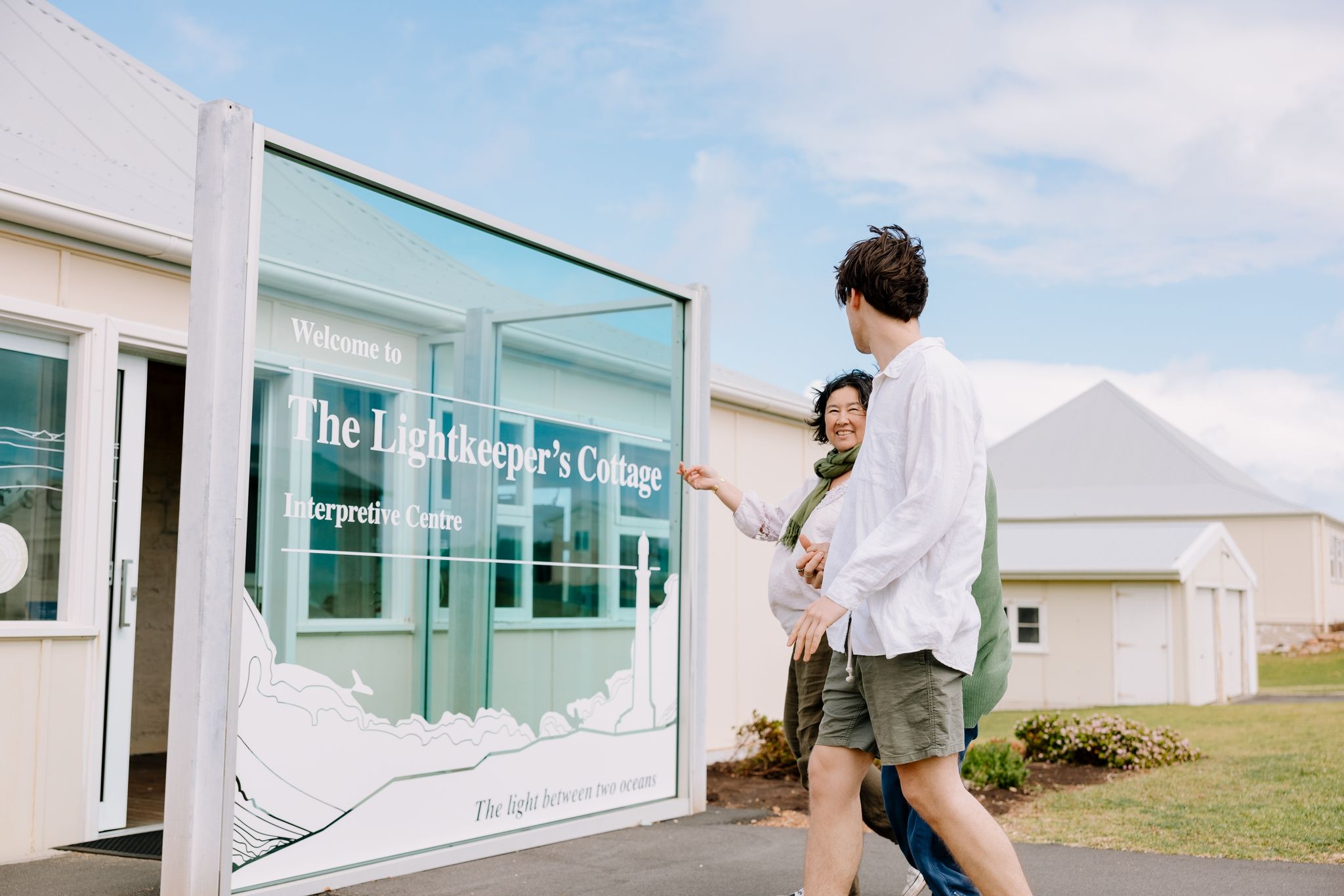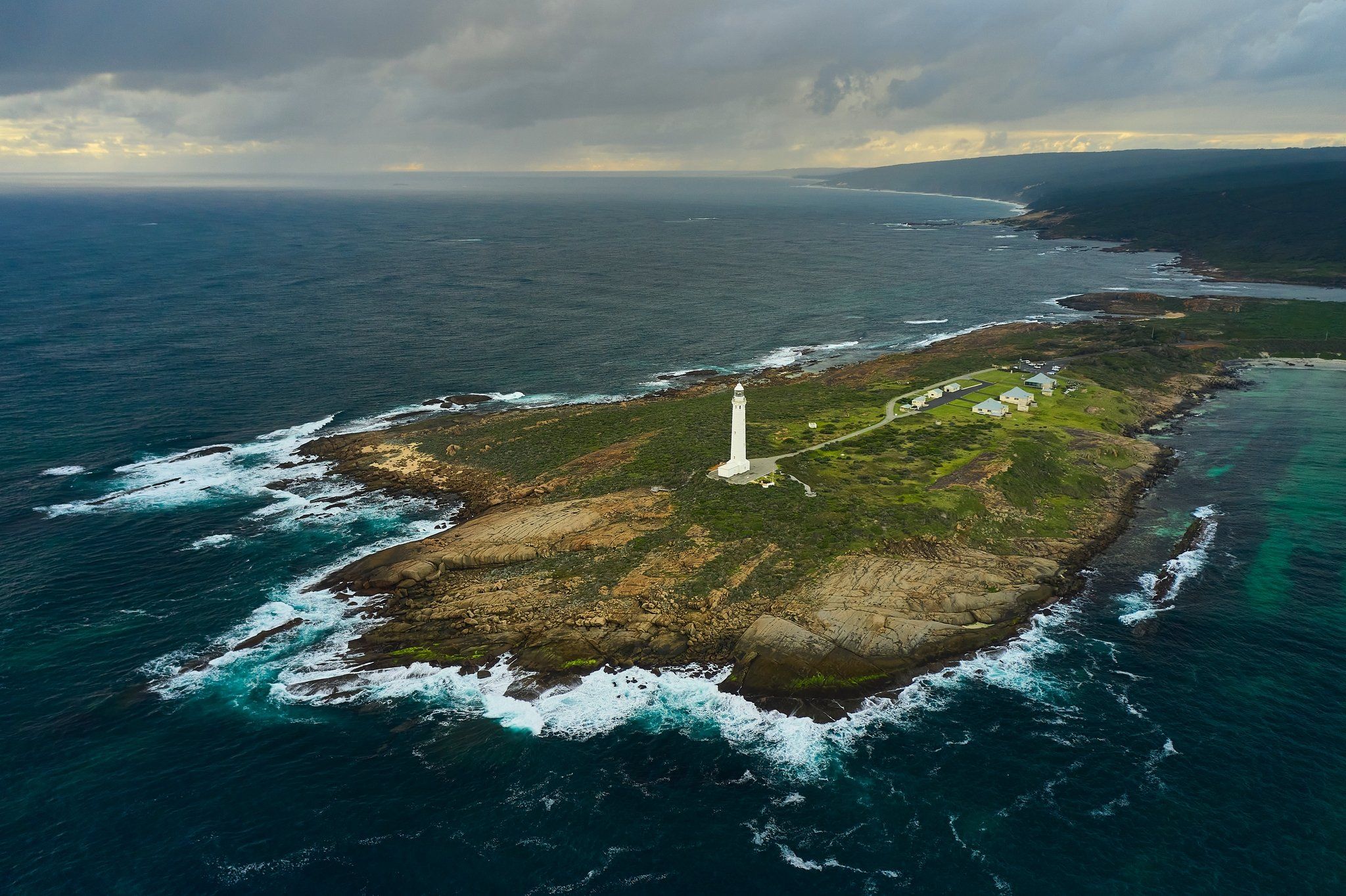On December 1, 1896, the Cape Leeuwin Lighthouse was illuminated for the first time. The light was generated by a kerosene wick lamp, the world’s largest at the time, revolving in a mercury bath and controlled by a clockwork mechanism. With an intensity of 250,000 candelas, it could be seen for 40km. By the 1920s, the light was upgraded and could generate a beam of 780,000 candela. The kerosene burner gave way to an electric light in 1982, the 1000-watt halogen lamp beaming out 1,000,000 candelas. And though the technology had changed over the years, the lighthouse was still manned.
In September 1992, the romantic era of manned lighthouses ended, and Cape Leeuwin was fully automated. Today, like other lighthouses, it is run by the Australian Maritime Safety Authority. Cape Leeuwin Lighthouse is still a vital beacon to guide shipping and warn of the dangers of coming too close to the rugged coastline, its unceasing light flashing every 7.5 seconds.
The tallest lighthouse on the Australian mainland, standing at 39m, is now open for public visits. This beautiful lighthouse is found on the headland at Cape Leeuwin, just 9km away from Augusta and 50km away from Margaret River. It’s a perfect spot to see the magnificent power of the sea, and if you’re lucky, you might even spot pods of dolphins or whales.





